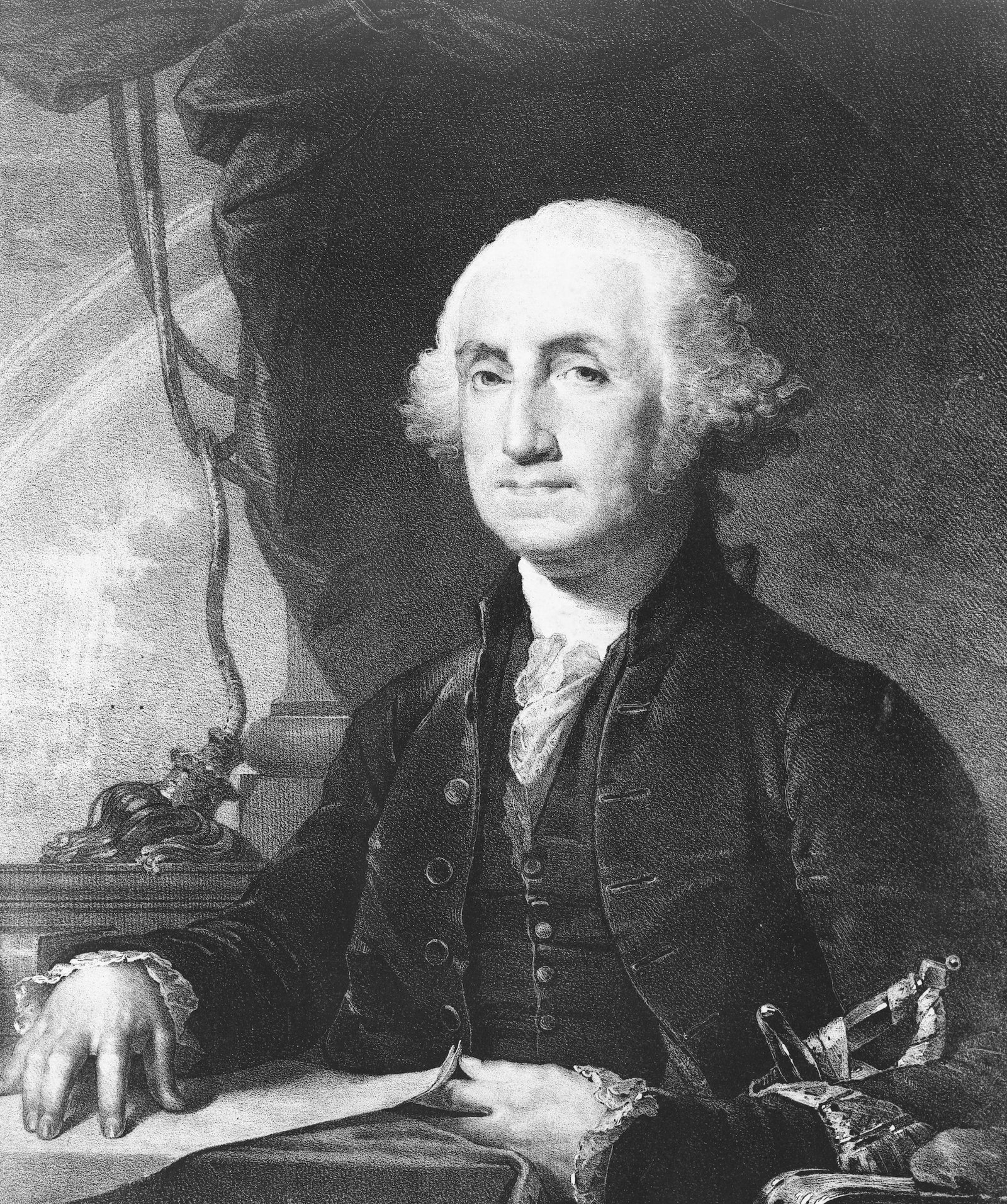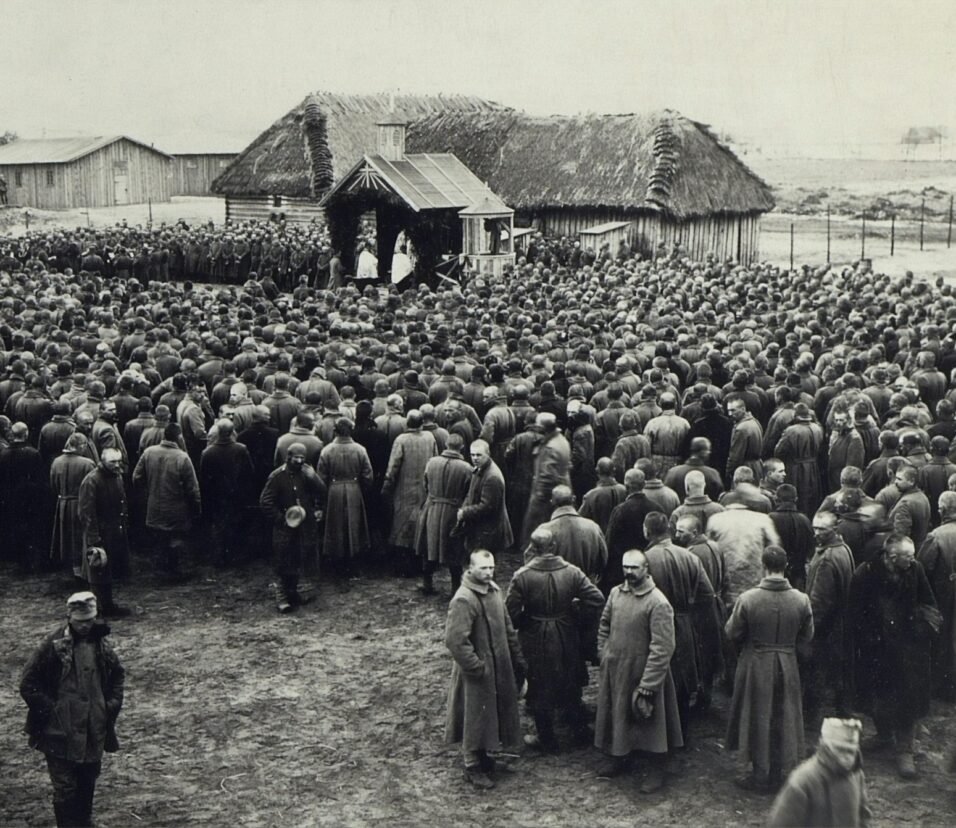Washington’s First Cabinet
When President George Washington assumed office in 1789, he stood on the precipice of a new nation’s vast potential. The fledgling United States, fresh from its revolutionary victory and with the ink still drying on its Constitution, faced the Herculean task of establishing its first central government. Key to this endeavor was the creation of Washington’s first cabinet—a body that would become the nucleus of executive decision-making. This article explores the formation, significance, and legacy of this pioneering team.
The Birth of the Cabinet
The U.S. Constitution, in its succinct brilliance, left many governmental specifics to be determined. Article II, Section 2 mentions the President “may require the Opinion, in writing, of the principal Officer in each of the executive Departments,” hinting at the cabinet’s advisory role but not expressly outlining its structure or duties.
Upon his election, Washington recognized the need for specialized advisors. Congress quickly legislated the establishment of executive departments, and from these arose the initial three-person cabinet:
- Secretary of State: Entrusted with foreign relations and certain domestic duties.
- Secretary of the Treasury: Tasked with financial and monetary matters.
- Secretary of War: Responsible for defense and the nation’s fledgling military.
Members of the First Cabinet
Washington’s choices for his first cabinet were both strategic and reflective of the nation’s early political landscape:
- Thomas Jefferson as Secretary of State: The principal author of the Declaration of Independence, Jefferson’s diplomatic experience in France made him an apt choice. His vision of a republic rooted in agrarian values often clashed with others, laying the groundwork for early American political discourse.
- Alexander Hamilton as Secretary of the Treasury: A Federalist and Washington’s aide during the Revolutionary War, Hamilton’s financial acumen was legendary. His plans for a national bank and assumption of state debts would become cornerstones of early American fiscal policy, though they weren’t without controversy.
- Henry Knox as Secretary of War: A trusted military leader, Knox had served alongside Washington during the Revolution. His role was pivotal in shaping the defense policy of a nation wary of standing armies.
Significance of the First Cabinet
Washington’s cabinet was more than just a collection of department heads; it was a sounding board for a president navigating uncharted waters.
- Advisory Role: The cabinet meetings, initially held in Washington’s private residence, were intense brainstorming sessions. Topics ranged from the Whiskey Rebellion to relations with Native American tribes and European powers.
- The Genesis of Political Parties: The ideological rift between Jefferson’s agrarian-focused Democratic-Republicans and Hamilton’s commerce-centric Federalists began in the cabinet. These debates, rooted in contrasting visions of America’s future, gave rise to the nation’s first political parties.
- Establishing Precedents: Washington was acutely aware that his actions would set standards for future administrations. The cabinet’s very existence, its structure, and the president’s reliance on it as an advisory body became foundational to American governance.
Challenges and Controversies
Washington’s cabinet was no stranger to controversies:
- Hamilton’s Financial Plans: Hamilton’s proposal of a national bank and his plan to assume state debts were met with skepticism, particularly from Jefferson and James Madison. They believed such moves gave too much power to the federal government and favored merchants over farmers.
- Neutrality and Foreign Affairs: The cabinet was divided over how to respond to the French Revolutionary Wars. While Jefferson, sympathetic to the French cause, argued for supporting France, Hamilton, wary of its radical turn and potential economic implications, advocated neutrality.
The Dynamics of Personalities: Interactions within the First Cabinet
It’s important to understand that Washington’s first cabinet wasn’t just a neutral body of administrative officials. They were influential personalities, each with their distinct viewpoints, strengths, and biases.
- Hamilton-Jefferson Rivalry: Perhaps the most significant interpersonal dynamic was the ongoing rivalry between Alexander Hamilton and Thomas Jefferson. Hamilton, with his vision of a strong federal government and a country centered on commerce and industry, clashed with Jefferson’s ideal of an agrarian society with more power given to individual states. Their debates were fervent and often heated. These philosophical disagreements would later lay the foundation for America’s two-party system.
- Washington’s Mediating Role: President Washington often had to play the role of mediator, especially between Jefferson and Hamilton. He valued both of their insights, recognizing the need for a balanced perspective. While he tended to side with Hamilton on fiscal issues, Washington also appreciated Jefferson’s advocacy for individual rights and state sovereignty.
- Knox’s Steadfastness: Amid the ideological clashes, Henry Knox remained a steadfast supporter of a strong national defense, emphasizing the necessity of a well-maintained army and navy. His interactions within the cabinet were less contentious, but his contributions were pivotal in shaping the nation’s early defense strategies.
Key Decisions and Their Impact
Several pivotal decisions arose from the discussions within Washington’s cabinet:
- The Compromise of 1790: One of the most significant compromises in American history occurred due to a cabinet compromise. Hamilton wanted the federal government to assume state war debts, while Jefferson opposed this. The compromise brokered in a dinner between the two, resulted in the federal government absorbing these debts in exchange for the nation’s capital being moved to a southern location, which would later become Washington, D.C.
- The Proclamation of Neutrality: In 1793, faced with the possibility of being drawn into the war between Britain and revolutionary France, Washington’s cabinet debated the best stance to take. Influenced predominantly by Hamilton’s arguments and advocating for a neutral position, Washington issued the Proclamation of Neutrality, which kept the U.S. out of the conflict. This decision established an early precedent for American foreign policy, emphasizing caution and self-interest.
Legacy and Conclusion
Washington’s decision to form a cabinet and the subsequent dynamics of this body had long-lasting implications:
- Institutionalization: Successive presidents recognized the value of such a body, leading to the cabinet’s permanent role in executive governance.
- Expansion and Evolution: As the nation grew, so did the cabinet, with new departments added to address evolving needs. From the original three, the cabinet has grown to include roles like the Attorney General and heads of newer departments like Homeland Security.
- Balancing Act: Washington’s cabinet was a microcosm of the larger balancing act America grappled with federal vs. state power, agrarian vs. industrial interests, and neutrality vs. international involvement.
In retrospect, Washington’s first cabinet was not just a team of advisors but a crucible where foundational debates about the nation’s direction took place. It was an experiment in governance, as was the United States itself, and its legacy continues to influence the corridors of American power.







